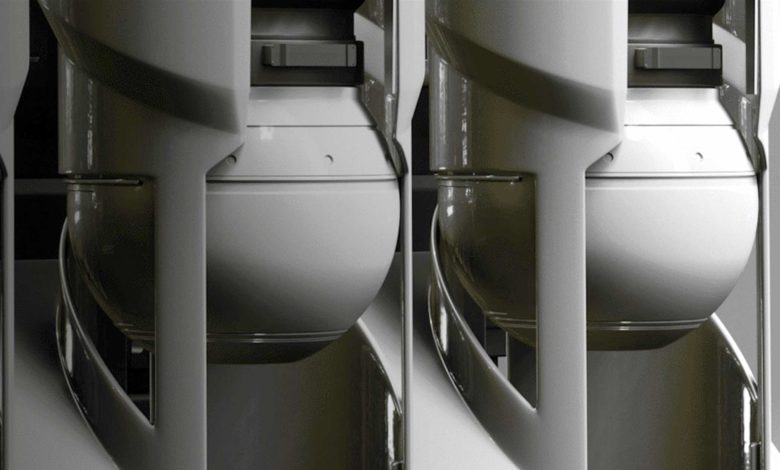US urged to lead shipping’s nuclear charge

A new report from UK-based marine atomic developer CORE POWER urges the US to take the lead when it comes to adopting nuclear propulsion for the merchant fleet.
According to CORE POWER, airborne emissions from US domestic shipping stand at over 60m tonnes of CO2. Advanced nuclear ships would be true zero-emission vessels and be immune to carbon pricing as it is introduced to fossil fuels, CORE POWER observed, going on to highlight the high prices ships might pay for their carbon bills soon.
Large ships that consume close to 500,000 tons of fuel over a lifetime, emit more than 1.5m tons of CO2 whilst in service, according to data from CORE POWER. With a carbon levy of $200 per ton, these ships would see an increased open of $300m over a lifecycle.
The US has a long record of using nuclear power in its navy with an exemplary safety record. This has led to increased interest in the use of nuclear power for civilian vessels, particularly from US special presidential envoy for climate John Kerry.
Tony Huston, US country head at CORE POWER, said: “The transport of goods on the US coasts, Great Lakes and internal waterways offers strong proof of concept for nuclear powered decarbonisation without the complex regulatory hurdles of moving reactors between nation states.”
The British company argues that the deployment of commercial nuclear vessels would offer an entirely new career path for seafarers once they leave the navy. STEM qualified students from the US college system could also be recruited.
“The US would be in a prime position to become an exporter of transformative advanced nuclear technology for the maritime sector to trusted partner nations like the UK, allowing the US to create a valuable export market for technology built by highly skilled American workers. By embracing the possibilities of advanced nuclear shipping, the US now can reinvigorate its shipbuilding and maritime sector putting itself at the forefront of one of the world’s most important industries,” Huston said.
Mikal Bøe-led CORE POWER, together with Bill Gates-chaired TerraPower, Southern Company and French atomic group Orano, is developing a modular molten salt reactor (m-MSR) to propel ships and provide reliable energy for manufacturing synthetic green fuels from hydrogen. The first prototype reactor is due to start trials in 2025.
CORE POWER now has the backing and investment from a host of owners who, combined, control more than 2,000 ocean-going vessels.
Other notable marine atomic developments are taking place in South Korea where shipbuilding major Samsung Heavy Industries has teamed up with the Korea Atomic Energy Research Institute while Seaborg Technologies in Denmark is building floating power barges, and the Canadians are working with NuScale to develop marine power stations. The Russians, meanwhile, already have the market domestically and are now touting a huge new next generation nuclear-powered icebreaker as further proof of their maritime atomic expertise. Not to be left out, Chinese scientists are developing their own atomic propulsion technologies for both merchant marine and offshore facilities.
China has been testing a thorium-powered nuclear reactor in recent months, the world’s first since 1969. The Chinese, like CORE POWER, believe new molten-salt technology is far more flexible and easier to roll out than existing nuclear technology.
